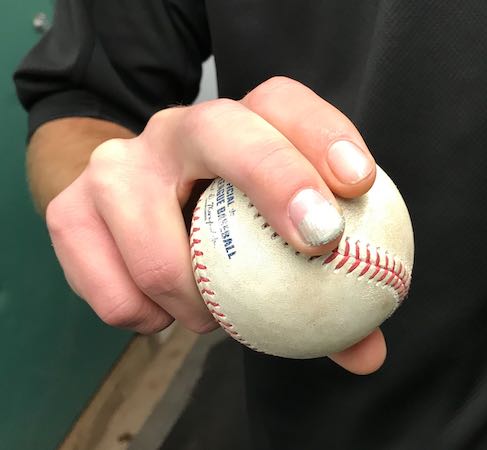With Dominic Leone DFA, Cardinals’ Kent Bottenfield Chain Is Over
Yesterday was the deadline for teams to protect players from the Rule 5 draft by adding them to the 40-man roster. But with those additions come removals. Oft-injured Jacoby Ellsbury was the most prominent roster casualty as he was let go by the Yankees. In a much quieter move, the Cardinals designated Dominic Leone for assignment. Leone was eligible for arbitration and the move wasn’t a complete shock as Leone struggled last season, but in a very important side note, Leone’s release ends the Kent Bottenfield trade chain, which began two decades ago and includes some of the most memorable moments and moves in Cardinals history.
For those unfamiliar with the Kent Bottenfield trade chain, or Kent Bottenfield himself, the big righty played for five teams from 1992 to 1997 bouncing between the rotation and in 364 innings accumulated 0.1 WAR. As a free agent after the 1997, the Cardinals signed him to a one-year deal with a team option. After putting up decent numbers between the bullpen and the rotation, the team moved Bottenfield to a starting role full-time in 1999 and he had his best season, putting up 2.3 WAR in 190.1 innings. Fortunately for the Cardinals and his trade value, Bottenfield’s average 4.75 FIP wasn’t known back then, and his 3.97 ERA and 18-7 win-loss record made him look great. Which led to… Read the rest of this entry »

